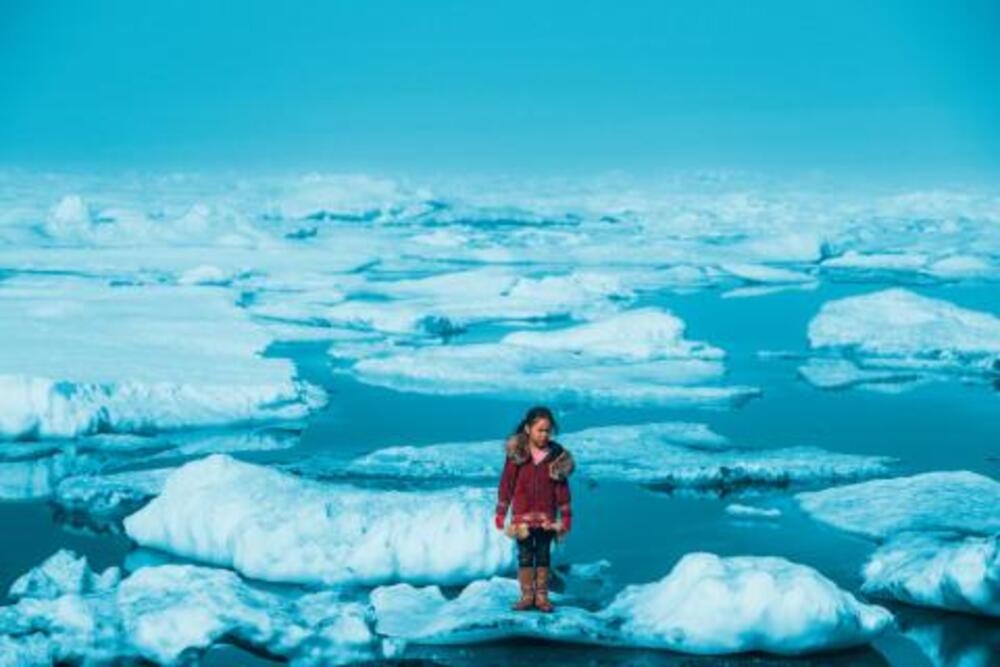Europe has just experienced its second-warmest winter on record due to climate change. The average temperature from December to February registered at 1.4 degrees Celsius above the 1991-2020 average for the Boreal winter season.
This news comes from the European Union’s Copernicus Climate Change Service (C3S), which has been monitoring climate data for years.
High temperatures across Europe
The winter heatwave in late December and early January saw record-high winter temperatures in countries such as France, Hungary, and Switzerland. Ski resorts had to close because of the lack of snow. As many as hundreds of temperature records were broken across the continent, including in the Swiss town of Altdorf, which reached a temperature of 19.2C, smashing a record that had been standing since 1864.
Some areas experienced below-average temperatures
Although the overall temperatures in Europe were above average, some regions such as parts of Russia and Greenland experienced below-average temperatures. However, eastern Europe and the northernmost Nordic nations had exceptionally high temperatures.
Human-caused climate change
Scientists point to human-caused climate change as the reason for Europe’s winters becoming warmer. The warming trend poses risks to wildlife and agriculture. Early onset of plant growth or animal emergence from hibernation due to winter temperature increases can leave them vulnerable to extinction from subsequent cold snaps.
Climate change impacts species
Tilly Collins, deputy director of Imperial College London’s Centre for Environmental Policy, warns that the changing climate means plants and animals are struggling to move to new locations to maintain their ideal temperature. For species with small populations or restricted ranges, this can easily tip them on a path to extinction.
Antarctic Sea ice and global sea level rise
C3S has also noted other climate-linked extremes, such as the Antarctic sea ice that dropped to its lowest level for any February in the 45-year record of satellite data. The stability of the Antarctic ice shelves and, eventually, the rate of sea level rise may be significantly impacted by these low sea ice conditions.
Short-term relief and long-term impacts
The unusually mild winter may have offered some short-term relief to governments struggling with high gas prices after Russia slashed fuel deliveries to Europe last year.
However, the long-term impact of climate change is clear, with increasing temperatures affecting agriculture, wildlife, and even human health. The need for concerted global efforts to tackle climate change is more critical than ever.
What to expect for this summer?
As the climate is a complex and dynamic system, long-term climate predictions are subject to various uncertainties and limitations.
Climate models can provide some insight into possible future climate conditions. But, as we saw in the summer of 2022, their accuracy depends on many factors. No one excludes unpleasant surprises.
Scientists predict that global temperatures will continue to rise in the coming decade due to human-caused climate change. So, we can expect more frequent and intense heat waves, droughts, wildfires, and other extreme weather events.
That’s why it’s important to take steps to reduce greenhouse gas emissions, protect vulnerable ecosystems and communities, and build resilience to the impacts of climate change.

